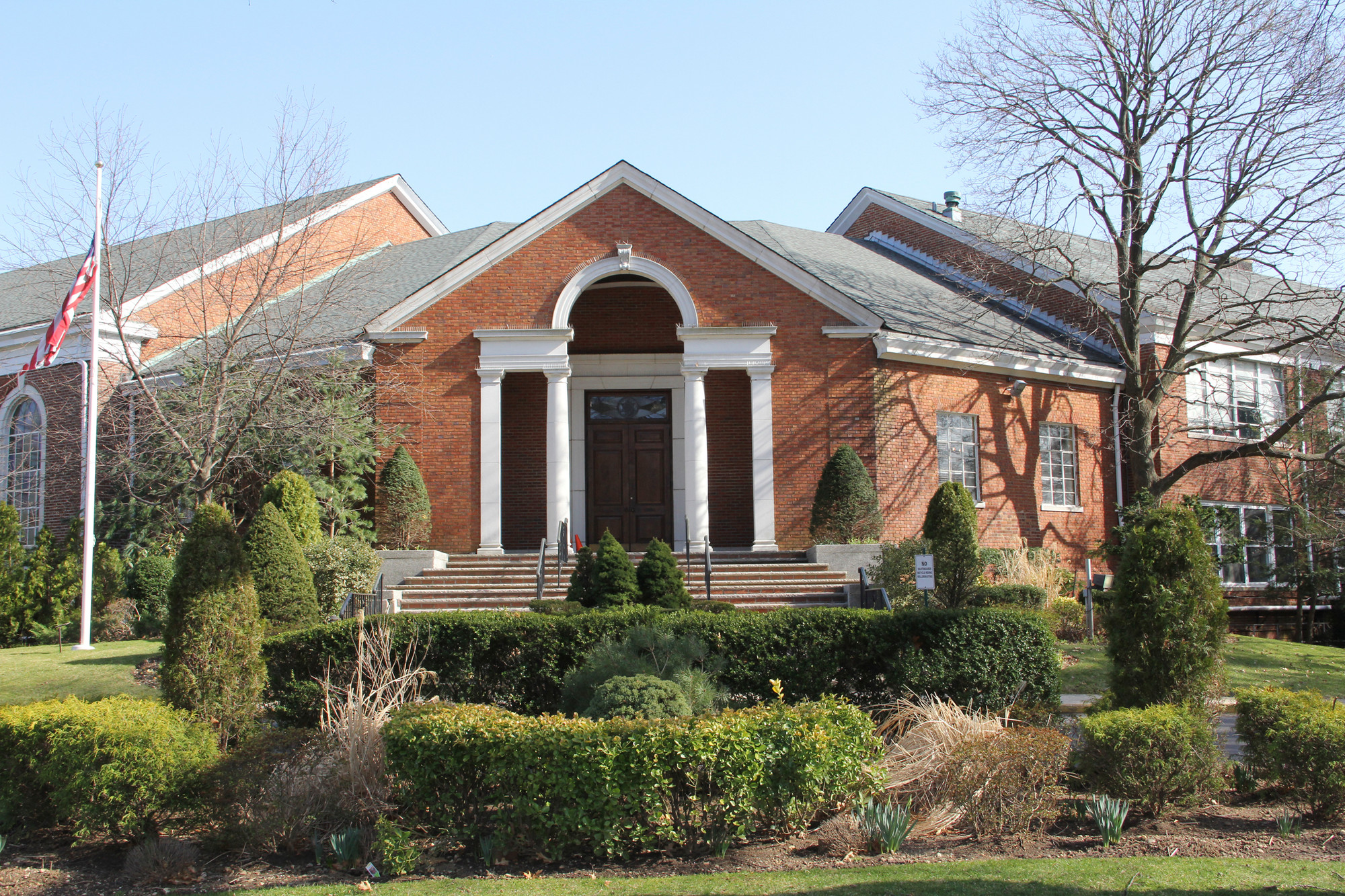Harmony in sharing
More than two years since their merger, Central Synagogue of Nassau County and Beth Emeth Synagogue have found their harmony in sharing a space. The two congregations — the former Reform, the latter Reconstructionist — have shared the building at 430 DeMott Ave. in Rockville Centre since July 2012.
“This project has allowed both of our congregations to learn and grow from one another,” said Joy Gluzman, the Program and Social Media coordinator in an email. “Both congregations are able to provide new offerings to existing members and also attract individuals who previously were not connected to either congregation.”
The agreement began in July 2012, when Beth Emeth began renting space from Central Synagogue. Beth Emeth, which had been in Hewlett since the 1950s, had decided to sell its building due to demographic changes in the area. At the same time, Central Synagogue was looking to partner with other congregations.
Eventually, Rabbi Marc Gruber of Central Synagogue and Rabbi Elliot Skiddell of Beth Emeth decided to enter the congregations in a partnership with the support of the UJA-Federation of New York. Now, the congregations share a religious school and Friday night services. On Friday nights, the combined congregations alternate between the Reform prayer book and the Reconstructionist prayer book.
“The Rabbis told me about something that happened at one of the early joint services,” Gluzman wrote. “They each chose to read from the prayer book of the other movement — Reform from Reconstructionist and Reconstructionist from Reform. They chose passages that exemplified their own movement’s ideology and attendees were excited and surprised by this discovery.”
The congregations also have a combined religious school — The Jewish Experience at 430 DeMott. Some committees, such as Social Action and the Arts, Culture and Education Program, are also combined.
“It really comes from the tone that the Rabbis set from the very beginning,” wrote Gluzman. “They are unafraid to explore components from both traditions and that has translated to the community at large.”

 49.0°,
Fog/Mist
49.0°,
Fog/Mist 




